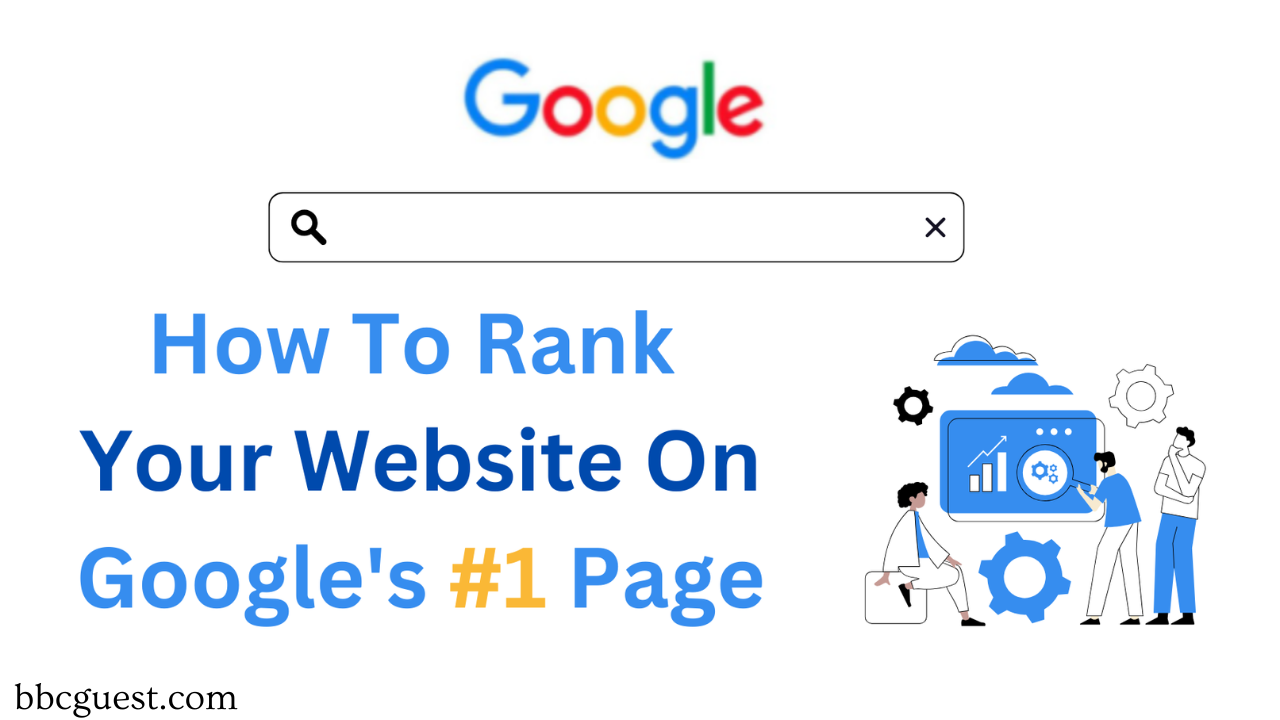To achieve first-page visibility on Google, we must begin with a deep understanding of the Google Search algorithm. The algorithm evaluates over 200 ranking signals including content quality, page speed, mobile usability, backlinks, and user engagement metrics such as click-through rate (CTR) and dwell time.
At the core of Google’s algorithm are E-E-A-T principles (Experience, Expertise, Authoritativeness, and Trustworthiness). Creating content that satisfies these elements is no longer optional but mandatory. It’s not just about keywords anymore—Google rewards content that demonstrates deep expertise in a subject matter while also delivering an exceptional user experience.
Keyword Research: The Foundation of SEO Success
The path to the first page begins with precise keyword research. Targeting high-traffic, low-competition keywords in your niche is essential. Tools like SEMRush, Ahrefs, Ubersuggest, or Google Keyword Planner help identify keyword opportunities based on search volume, competition level, and user intent.
We recommend targeting long-tail keywords such as:
- “how to rank on Google fast in 2025”
- “best SEO tips for small businesses”
- “David Aziz SEO strategy breakdown”
These keywords are not only easier to rank for but also bring in highly targeted traffic that converts.
Create In-Depth, High-Quality Content
Content is the engine of search rankings. To rank on Google’s first page, we must publish comprehensive, authoritative, and well-structured content. Articles should:
- Be at least 1,000–2,500 words
- Include keyword-rich headings
- Be formatted with bullet points, bolding, and short paragraphs
- Contain internal and external links
- Provide up-to-date and accurate information
For instance, if analyzing David Aziz’s SEO strategy, a high-quality article must provide case studies, step-by-step guides, and comparisons to alternative SEO methods.
Optimize On-Page SEO Elements
Every detail matters when it comes to on-page SEO. Critical elements to optimize include:
Title Tags and Meta Descriptions
Craft compelling title tags under 60 characters and meta descriptions under 160 characters. Use the primary keyword at the beginning of the title and provide a clear reason to click.
Example:
Title: How to Get on Google’s First Page in 2025 – David Aziz Proven SEO Blueprint
Meta: Discover how David Aziz’s SEO techniques can skyrocket your rankings. Learn the proven strategies to dominate Google SERPs today.
Header Tags
Use H1 for the title, followed by H2 and H3 tags for subsections. This hierarchy signals content structure to both users and search engines.
Image Optimization
Include alt text with relevant keywords, compress images for faster load times, and utilize descriptive file names.
Internal Linking
Link to relevant pages within your site using descriptive anchor text. This helps search engines crawl your site and improves user engagement.
Leverage High-Authority Backlinks
Backlinks remain a top-ranking factor. To get on the first page, we must acquire high-authority backlinks from relevant websites.
Strategies include:
- Guest posting on reputable industry blogs
- Creating shareable infographics or studies
- Skyscraper technique: Find top-ranking content, create a better version, and reach out to websites linking to the original
- HARO (Help A Reporter Out) for quality media backlinks
Building backlinks from sites with high Domain Authority (DA) drastically boosts your credibility in Google’s eyes.
Technical SEO and Site Performance Optimization
A technically sound website is non-negotiable. Google prioritizes pages that offer fast, seamless, and secure experiences.
Site Speed
Use tools like Google PageSpeed Insights or GTmetrix to ensure fast load times. Optimize by:
- Enabling browser caching
- Using a content delivery network (CDN)
- Minimizing JavaScript and CSS files
Mobile Responsiveness
Over 60% of searches come from mobile. Implement responsive design, test mobile usability, and ensure all features work on smaller screens.
HTTPS Security
An SSL certificate not only secures user data but also provides a ranking boost.
XML Sitemap and Robots.txt
Ensure your XML sitemap is submitted to Google Search Console and configure robots.txt properly to guide crawlers.
User Experience (UX) and Engagement Signals
Google evaluates how users interact with your site. Focus on improving user experience to increase dwell time and reduce bounce rates.
Key tactics:
- Clear navigation
- Readable font and spacing
- Strong CTA buttons
- Fast-loading, distraction-free layout
Adding videos, interactive tools, or downloadable resources can also enhance engagement.
Utilize Structured Data (Schema Markup)
Implement schema markup to help Google better understand your content. This can lead to rich snippets such as star ratings, FAQs, or event listings, increasing visibility and CTR.
Popular schema types include:
- Article
- Product
- FAQ
- Breadcrumb
- Review
Use Google’s Structured Data Testing Tool to validate your implementation.
Monitor, Analyze, and Improve Continuously
Ranking is not a one-time event. Use analytics to refine your SEO strategy:
- Google Analytics: Monitor traffic, bounce rates, and conversions
- Google Search Console: Track keyword performance, indexing issues, and mobile usability
- Heatmaps and session recordings: Identify behavior trends and UX bottlenecks
We recommend monthly audits to identify new opportunities and stay ahead of competitors.
Content Refresh and Republishing Strategy
Google values fresh, updated content. Review older blog posts and:
- Update outdated information
- Add new sections or insights
- Improve keyword targeting
- Optimize visuals and formatting
Republish with a new date to signal freshness without losing existing backlinks.
Local SEO Optimization for Geo-Specific Ranking
For businesses targeting local customers, local SEO is essential. Key actions include:
- Creating and optimizing a Google Business Profile
- Acquiring local citations on directories like Yelp, TripAdvisor, and Yellow Pages
- Encouraging positive customer reviews
- Embedding Google Maps on contact pages
Use location-based keywords like “best SEO consultant in [City]” to drive local traffic.
Final Thoughts: Dominating Google’s First Page Like David Aziz
Ranking on the first page of Google isn’t magic—it’s methodical, consistent execution of best practices. By combining:
- Expert keyword research
- Content excellence
- Technical soundness
- Link building
- User experience design
- and continuous optimization
We position ourselves to outperform the competition, including strategies similar to those used by David Aziz.
Focus on delivering unmatched value to your audience, and search engines will reward you with visibility, authority, and traffic.
Also Read: 2579xao6 New Software Name: The Game Making Waves in 2025



